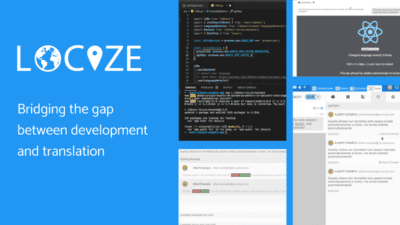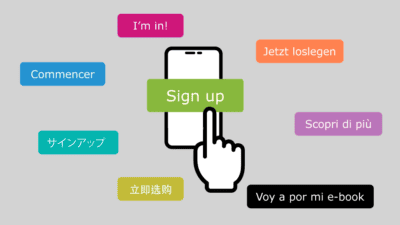Translating more efficiently with adaptive AI – how tailor-made AI translation works
Translation tools have become an integral part of today’s world. But what’s behind them? They are all based on artificial intelligence (AI). But they don’t all use the same type of AI.
The organization for the protection of children’s rights runs projects in 36 countries. In its progress reports, it keeps child and project sponsors fully informed about the status of these projects. As a copywriting partner, Supertext helps ensure efficient and cost-effective implementation.
The EU’s new CSR Directive has transformed a voluntary commitment into an obligation for many companies. Now, publishing a sustainability report on their activities – often in multiple languages – is a must. How can they best tackle this challenge? Below, we lay out a comprehensive roadmap for handling the language side of the process.
An ever-widening target audience and externally driven changes in reporting make one thing certain. For anyone who wants to cut through the thicket of data and win over their stakeholders, clear communication is essential. Corporate publishers have a duty to consider: how do you ensure that reporting texts convey the correct message? One example is the new international standard for plain language.
We post, we read, we stream – and we do so on more screens in more languages than ever before. The rise in multimedia consumption goes hand in hand with the need to localize content for different audiences around the globe.
The Swiss brand helps customers around the world make the most of their time at home with its premium household appliances. Supertext is on hand to ensure that its magazine Inspirations is just as impressive as the appliances themselves – with a streamlined process for transcreations into languages from Spanish to Chinese.
The creative arm of Supertext is spinning off with a new name. WE ARE VERY will strengthen its focus on multilingual content creation and localization.
Supertext and Textshuttle are merging. We asked the founders what they have planned together.
The Maison KARL LAGERFELD carries on the visionary legacy of its founder, a universal symbol of style, creativity and passion. And as its partner for creative translations, Supertext ensures the brand’s identity remains consistent around the globe – with a tailor-made style guide for every language.
Lightning-fast, endlessly scalable and almost free of charge: AI tools such as ChatGPT seem to promise deliverance to overworked SEO copywriters everywhere. Time for a reality check – through the medium of an online sunglasses store.
Financial crime knows no borders. Which is why ACAMS is truly an international community. Supertext supports the organization with translations of materials important for the AFC community from Japanese and Korean through to Arabic and Portuguese.
UNICEF’s Swiss website provides information and inspiration in German, French and Italian – and, as of two weeks ago, in English too. The children’s charity turned to Supertext for confident translations with maximum efficiency.
Does Google penalize AI-generated content with bad SEO rankings? Can the search engine even recognize who or what created the text? And what role is left for humans in the midst of all this AI?
The Swiss Engadin region has always fascinated travelers. Now, its stylish magazine welcomes visitors to a world located far above the daily grind – in both German and English, thanks to Supertext.
The Swiss translation management system (TMS), offers great functionality at an affordable price. Supertext clients can now manage their localization projects directly in Locize.
An urgent “Act now!” or a restrained “Find out more”? It all depends on your target market.
From editing AI-generated content to consulting on AI content strategies and prompt engineering, the LA-based language service provider offers the complete service range for marketing and communication teams.
Stricter regulations and growing reporting requirements mean that modern corporate reports include ever more text. Defining core messages and communicating them to stakeholders is therefore an increasing challenge for companies. But there’s a trick you can use to get to the heart of even the longest report: the kitchen message.
AI writing tools have a lot of uses. They can generate ideas, deliver variations on a theme or save you from churning out repetitive product texts. But what you get out is only as good as what you put in. So it’s high time to boost your prompting skills.
Judging by the media coverage of ChatGPT and its friends, copywriters and translators are facing certain extinction. But is all the hype justified? And what do large language models (LLM) really mean for our beloved professions?




















Topics: Guide | Comment